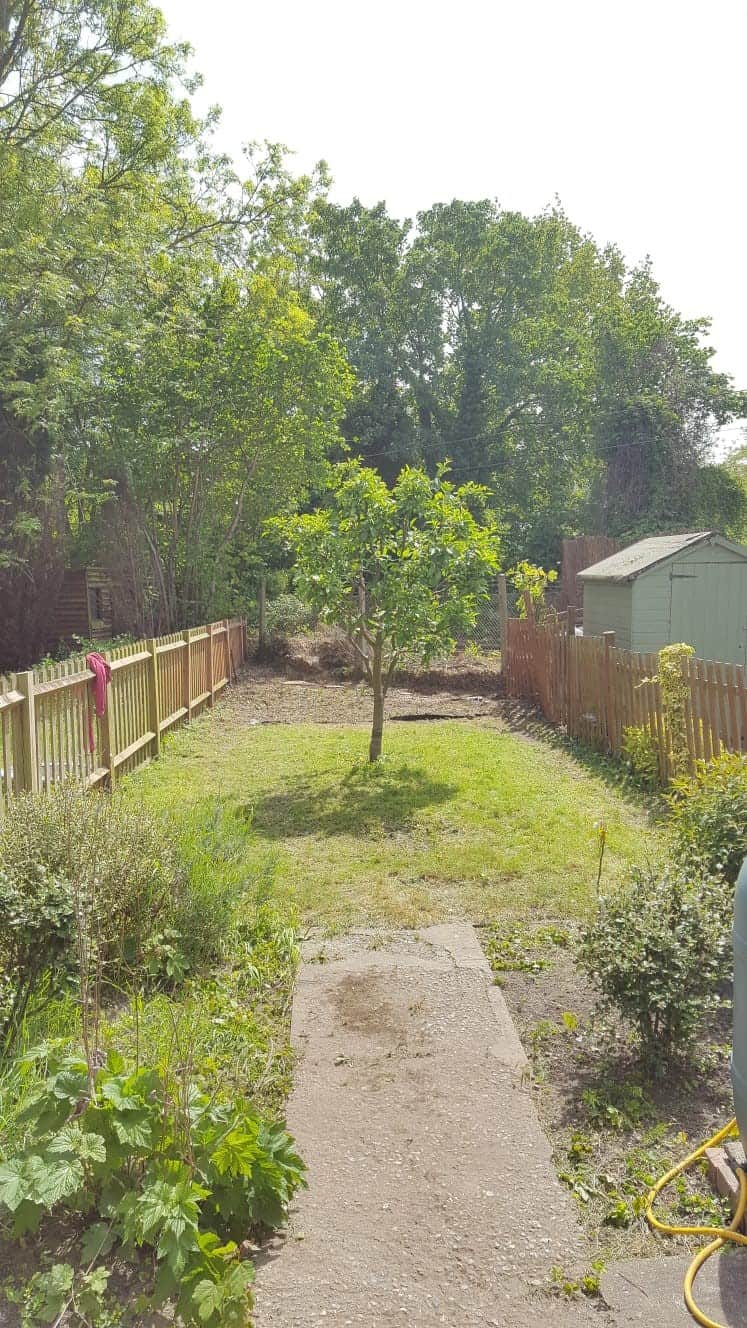If a tree isn’t damaged or diseased, but just grown too large for the situation, the reluctance to fell and remove it is understandable.
‘Save our trees’ is a familiar slogan, so for environmental reasons we tend to seek an alternative, which is often one of maintenance in the form of regular pruning.
Should the trees stay or should the trees go?
This was the dilemma that Mr. McElhinney, a Wimbledon resident, found himself in.

The house backs onto a railway line. Originally, Cupressus x Leylandii must have appeared to be an obvious choice to provide shielding from passing trains. But, Leylandi grow quickly and if not regularly maintained they spread upwards and outwards, cutting out light and encroaching over the garden and boundaries. They also cause shade and competition for the light, preventing grass from growing.
When we met Mr, McElhinney 4 years ago we discussed ways to manage the trees and he took the decision to prune and neaten the trees.
When the better decision is to remove the trees
Fast forward to today and we’ve had the same conversation. The problem is the trees are far too large for the garden.
To keep the trees at a suitable and desirable size for this location is a constant requirement. Also, power lines and track are within 5m of the trees. Consent needs to be obtained from TFL, which is a lengthy process.
The more cost-effective solution is to remove the trees and replace with more suitable species.

Our professional opinion helped Mr McElhinney to make the best decision in this circumstance.
He is now planning to place a shed in one corner of the rear boundary and plant the remainder of the rear boundary with suitable trees and shrubs.
If this situation stikes a chord and you’d like our advice to help make a decision, please give us a call on 0800 975 4535, email us or complete a contact form.
Our Accreditations









